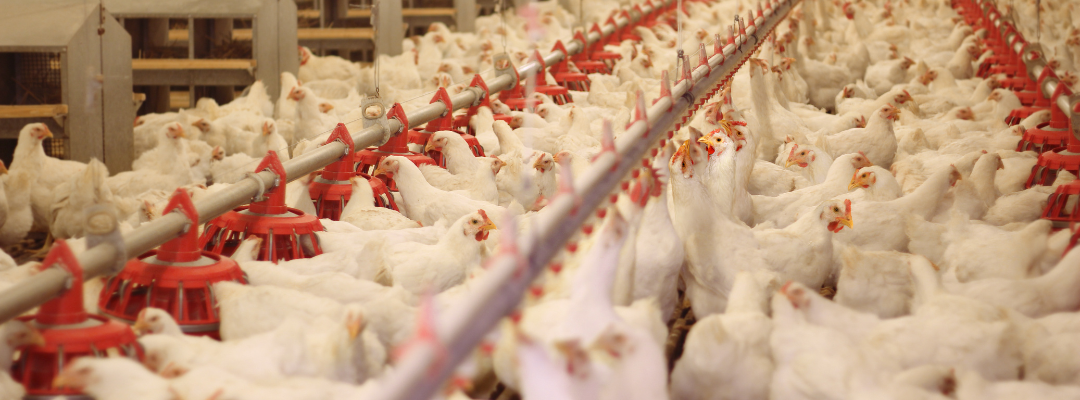Incorporating a price risk management plan into our operation has been difficult for many ranch businesses, even considering larger sized operations. Ranchers face many risks associated with cattle pricing, as we have seen these last years after disruptions in supply chains. Past events emphasize the importance of incorporating a price risk management plan as one of our management strategies to minimize economic losses, lock margins, or reduce the risk of business failure.
The USDA Livestock Risk Protection Feeder Cattle (LRP) program is an important tool to reduce price risk in our operations by setting a floor price for our cattle. An analysis made with the last ten years of data for stocker prices shows that this tool provides floor prices and, in many cases, above the October market value (Premium purchased in May, 30 weeks endorsement, at a 98% price level coverage). Producers can choose between different price coverage levels and buy the insurance up to 52 weeks before selling their cattle.
During the summer of 2019 and winter of 2021, the USDA made a few changes to the program. These modifications reduced the premium paid by producers, delayed the premium payment to the end of the endorsement period, and made it available in all states and counties. Payments due at the end of the period are a cash-flow advantage compared to buying a Put Option in the futures market.
The LRP program is available for most ranchers since it does not require a minimum number of cattle to be insured. Small ranchers with even one cow could make use of it. Most importantly, both cow-calf and stockers operations can benefit from this program.
Producers from the southern region have significantly increased the use of LRP as a price risk management tool compared to 2020, as shown in Table 1. In 2022, producers will have insured 1.4 million head through the LRP program. For more information on LRP, please check the USDA Fact Sheet (Livestock Risk Protection Fed Cattle | RMA (usda.gov)). If you are interested in buying the insurance, the USDA website lists approved livestock agents and insurance companies.
Table 1. LRP – Quantity of Cattle Insured in the Southern States (Heads). Source: USDA – RMA

Abello, Francisco “Pancho”. “Producers have Significantly Increased the use of LRP“. Southern Ag Today 2(35.3). August 24, 2022. Permalink










